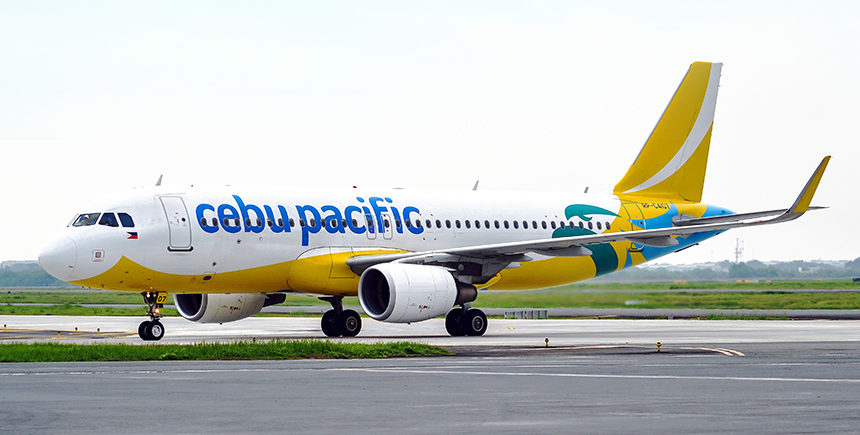Singapore Airlines (SIA) Group reported a record net profit of S$2.78 billion for the full year ended March 31, 2025, marking a 3.9% increase from the previous year. The milestone was largely driven by a one-off, non-cash accounting gain of S$1.1 billion following the merger of Air India and Vistara in November 2024.
Total group revenue rose 2.8% to S$19.54 billion, setting a new high. Passenger traffic remained strong with a record 39.4 million passengers carried across SIA and Scoot—a year-on-year growth of 8.1%. However, operating profit declined 37.3% to S$1.71 billion as passenger yields dropped 5.5% amid intensified global competition.
Cargo revenue also improved, climbing 4.4% to S$2.23 billion, bolstered by sustained e-commerce demand and ongoing sea freight disruptions. The cargo load factor rose to 56.1%, although yields declined by 7.8% due to competitive pressure.
The Group’s final dividend was proposed at 30 cents per share, bringing the full-year payout to 40 cents per share or S$1.2 billion, subject to shareholder approval.
As of March 2025, SIA operated 145 passenger aircraft and seven freighters, while Scoot managed 53 aircraft. The Group’s network reached 128 destinations in 36 countries, with new route launches including Scoot’s service to Iloilo City and the upcoming Vienna route in June.
The airline is pressing forward with strategic investments, including a S$1.1 billion cabin revamp for its long-haul A350-900 fleet and a S$45 million renovation of its Changi Airport lounges. These enhancements aim to solidify SIA’s premium travel positioning.
Digital innovation also remains a key focus. SIA is collaborating with Salesforce and OpenAI on AI-powered service enhancements, signaling its commitment to operational excellence and customer personalization.
In terms of partnerships, SIA will begin revenue-sharing flights with All Nippon Airways (ANA) from September 2025, deepening its foothold in the Japan-Singapore market.
Despite global economic and geopolitical headwinds, the Group remains confident in its dual-brand strategy with Scoot, its robust balance sheet, and its strategic position in the Asia-Pacific region. Its 25.1% stake in the newly merged Air India strengthens its multi-hub strategy and unlocks access to India’s fast-growing aviation market.


























Leave a comment